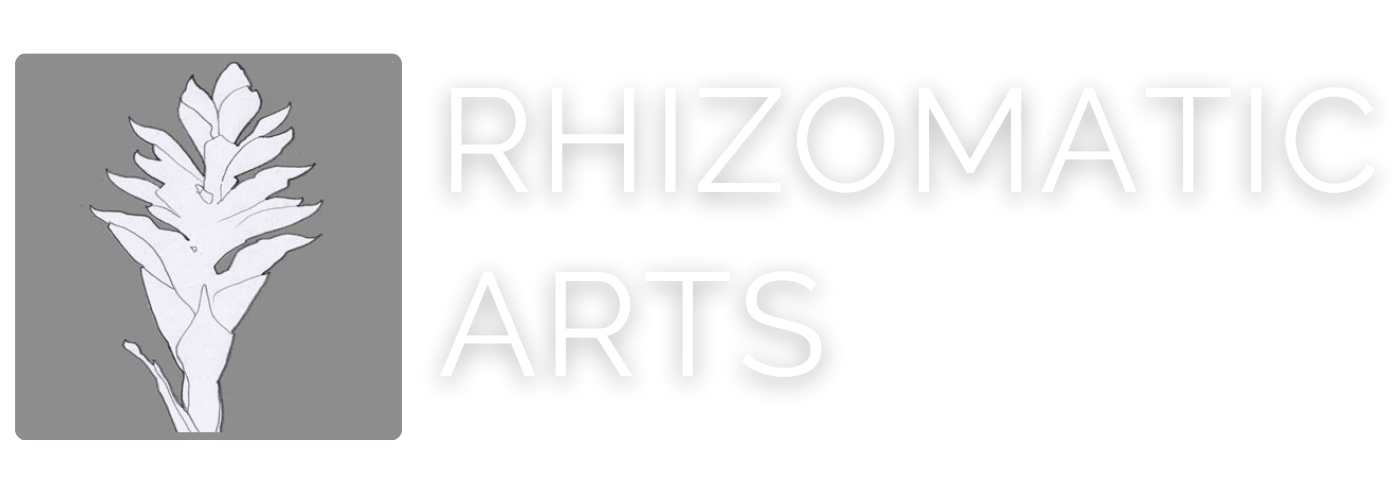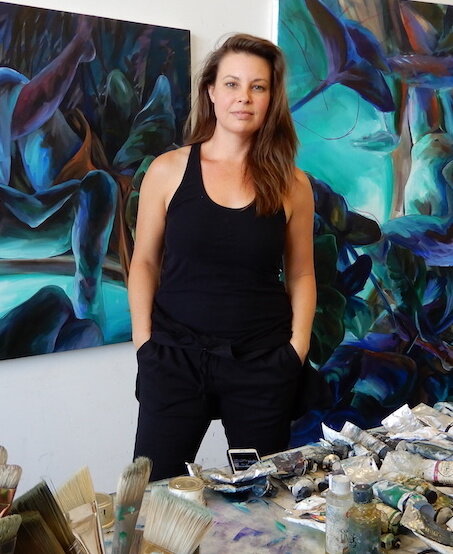Project Spotlight: FARE Contract
Created by artists SUSAN SCHWARTZ and VIRGINIA BROERSMA, the FARE Contract is a free, artist-centered sales agreement that advocates for elevating the rights of artists when their work is sold. The contract is a practical tool that makes a powerful statement. As Virginia says, “We believe that by empowering artists… we can embed a sense that asking for and negotiating your rights is something any artist can and should do.”
Anyone can access and use the FARE Contract at artistscontract.com.
What is the FARE Contract, and why do you think artists need it now?
Susan Schwartz: The FARE (Fair Artists’ Reserved Equity) Contract is a declaration of artists’ rights. It is a sales agreement that artists can use when they sell their work, and they can choose which of the rights set forth in the contract are most significant for their practices and include those in their contracts. The FARE Contract provides for resale royalties; can prohibit flipping; gives artists the right to know who is purchasing their work; and provides artists with an easy way to assert their rights in their works after those works have been sold.
Virginia Broersma: While all terms are optional, we hope by listing the options such as resale royalties in particular, these practices will become more common in the US. We are watching a shift happen in the art world as well as in wider society where disempowered communities are asking for change. Artists frequently feel that they lack power within their professional art world relationships and sacrifice their needs and wants in order to maintain the relationship, or be selected for an opportunity. The tide is shifting though, and artists are joining in the demands for change in systems that are not equitable or fair.
How does it work?
VB: When an artist has an opportunity to sell their work, we are encouraging them to use a sales contract. This step establishes a professional relationship and ensures that the artist and their buyer are in communication about the things that are important to them. The artist can ask for the terms that are important to them, and discuss and negotiate with the buyer. Many artists are intimidated by asking for and using contracts, so we have created a free, easy to use contract that can be modified to suit each sale’s needs.
SS: After reading the instructions on the website and considering which rights they wish to assert, an artist fills in information about themselves, the work being sold, the collector, and then checks the rights to be asserted on a computerized form - like a questionnaire. After reviewing their answers, the artist hits the submit button and a contract is generated. The contract can then be downloaded in Word format to the artist’s email address.
What brought you to this work? Why is it personal to you?
“I have been shamed, rejected and demeaned in professional relationships when I “ask for too much”, and I don’t want myself or other artists to feel this way.”
SS: When Virginia and I began discussions around offering a follow up workshop on contracts for artists after an introductory seminar, I started doing research and came across the 1971 Siegelaub-Projansky agreement: the Artist’s Reserved Rights Transfer and Sale Agreement. This started me on a broader inquiry into the way contracts have been used by artists to assert their rights in their works. It seems that artists have for too long been a disenfranchised part of the art market - their works are sold and resold without their permission and too often without a penny of profit going to them while everyone else in the collectors’ chain gets fat. This fundamental unfairness has caused me to advocate for change.
VB: I am tired of feeling like I am the least powerful person in most professional transactions whether it is a sale, an exhibition or some other opportunity. While I recognize some of this is my own baggage, I know that it is also common within the artist community to feel this way and it is often learned by experience. I have been shamed, rejected and demeaned in professional relationships when I “ask for too much”, and I don’t want myself or other artists to feel this way. Learning about what rights other artists assert, what business practices are standard in other industries, and taking an overall look at how the art world operates and where it is lacking fairness has opened my eyes to my own poor treatment, which has generated these feelings of desperation and an inability to ask for my rights.
From the moment I met Susan, she has been clear that artists should value their work enough to want to protect it. Partnering with her both for her vision and her legal expertise has been the perfect complement to my desire to help artists advocate for their own rights. We make a great team!
What are your aspirations for the project and its impact?
SS: I am hoping that the contract will become widely adopted in the art world. I am hoping that artists will use the contract and will start to assert their rights in their works after they are sold. I want artists to have access to contracts and make the use of contracts part of their regular practice. We will be posting other forms of contracts for artists to use on the website. We are working on a consignment agreement, a commission agreement, a licensing agreement and other forms which will be of use to artists in their everyday practices.
VB: We hope that we can change the art world! No biggie. We believe that by empowering artists at the start of their careers in particular, we can embed a sense that asking for and negotiating your rights is something any artist can - and should - do, no matter what stage of their career they are in. We believe that by offering tools to aid and by building a community of artists who are prepared to be vocal about these issues, we can encourage more artists to get on board. We are planning to make the website be a hub for all the most commonly used contracts for visual artists.
How can others get involved?
We are building a FARE Coalition: a group of supporters who are helping and guiding us through the process of generating and publicizing our agreements. Anyone can join!
Artists can support this project by using the FARE Contract and others as they become available, and by telling others about the contracts. They can ask their gallerists to use the Contract. When they donate their work to an auction they can make the use of the Contract a condition of their donation.
We hope that when artists use the FARE Contract they will share about it on social media and bring more visibility to the practice of using contracts. Every success spurs further successes and will help to grow this grassroots movement.



